
The reasons why the diesel car cannot catch fire: the engine compression is insufficient; the cylinder liner is seriously damaged; the piston is ring carbonated; the battery is not charged; the fuel tank is not oil or the pipeline is blocked; the air filter is too dusty or damp; the air intake is blocked, etc.
The reasons why the engine does not start are as follows: the battery is insufficient or out of power. For the diagnosis of such faults that the engine cannot start, the battery should be detected first. It must be clarified whether the battery is insufficient when the engine fails to start, and the battery needs to be charged. The engine start system fails.
The battery has insufficient power storage, so it can't drive the starter, so it can't catch fire.Problems with the fuel supply system, such as no oil in the fuel tank or the pipeline is not open, and the oil pump does not transfer oil, etc., which lead to the inability to ignite. Problems with the air intake system, such as air intake blockage, excessive dust accumulation in the air filter or moisture.
The reason why the diesel engine can't catch fire is that the engine oil line is not smooth, cylinder compression, lubricating oil and oil pump. The engine oil line is not smooth. Check whether the engine oil line is unobstructed. If you hear a squeaky sound from the fuel injector, it proves that the oil line is fine. Cylinder compression.
The reasons why diesel cars can't catch fire are: the oil line of the car engine is not smooth, the problem of cylinder compression and the problem of lubricating oil. If the diesel engine can't fire, it may be because the engine oil line is not smooth. It is necessary to check whether the engine oil line is smooth. If you hear a squeaky sound from the fuel injector, it means that the oil line is fine.
Oil pump.Check if there is air in the oil pump. If there is air in the oil pump, the diesel engine will not be ignited. Solution: If you have oil problems, you must go to a regular gas station to refuel. When you go out, you can bring a gauze bag to the muzzle of the refueling gun to filter impurities.

Fault analysis (1 ) There is air or moisture in the fuel system.If the oil pipe joint is loose or the oil inlet pipe is damaged by friction, the air will enter the fuel system. At the same time, diesel contains a certain amount of moisture. When there is more air and moisture, it will affect the normal start-up of the diesel engine.
The troubleshooting steps are as follows: 01 Close the throttle, reduce the pressure, and shake the handle to quickly rotate the flywheel. 02 Turn off the accelerator without decompression, shake the handle and slowly turn the flywheel. 03 Turn on the accelerator and decompress. 04 The hot car is ignited. The above steps can find the specific location of the fault, troubleshoot, and ensure the normal start of the diesel engine.
The ambient temperature is too low. When the temperature is low, the preheating of the diesel engine should be done well, otherwise it is not easy to start. The starting speed is low. For hand-cranked diesel engines, the speed should be gradually increased, and then the decompression handle should be pulled to the non-decompression position so that there is normal compression in the cylinder.
The electronic control system of each model is different, and the cause of the failure is also different. The fault diagnosis and exclusion should be combined with specific models and refer to relevant technical materials.
The reasons why the diesel generator set cannot be started: no fuel or insufficient fuel; the cooling water temperature of the engine cylinder is low; the battery voltage is low; the injection oil pump has air; starting motor failure; control loop failure.
Check whether the tools and materials are complete. Before disassembling the valve, we need to prepare the corresponding tools and materials, including wrenches, screwdrivers, cooling water, lubricants, detergents, etc. Remove the valve cover. First of all, we need to use a wrench to remove the screw on the valve cover, and then gently remove the valve cover.
First of all, open the video tutorial and you can see that a technician is adjusting the valve of the single-cylinder diesel engine. He first opened the hood of the engine, then removed the valve cover with a wrench, and then used a special tool to adjust the valve.
Its main function is to adjust the opening of the intake valve. Tightening this screw can reduce the opening of the intake valve, and loosening it can increase the opening. This is used to adjust the air-fuel ratio of diesel engines to achieve the best work efficiency and starting performance. Make sure that the intake valve is sealed.
Continue to screw into the nut on the top of the tie rod bolt to clamp the cylinder liner between the support plate and the pressure plate. Adjust the hook to make it located on the extension of the cylinder axis, hang it in the lock to hang the cylinder liner out and put it on the cushion. A single-cylinder diesel engine is a diesel engine with only one cylinder when classified according to the number of cylinders.
1. Then adjust it according to the working order of the engine 1342 or 1243. Use the process crankshaft to rotate 720. Double-row non-enter method.
2. The following is the relevant introduction: valve adjustment sequence and adjustment method: Take a 4-cylinder engine with a known ignition sequence of 1-3-4-2 as an example. First of all, put 1 cylinder on the compression stop to adjust its valve. Then rotate the crankshaft of the engine 180 degrees so that the 3 cylinders are in the stop adjustment gap under the intake.
3. Adjust it twice and rotate the crankshaft to the stop point on the 1 or 4th cylinder. Observe the convex handle of the camshaft of the 1 and 4 cylinders, and the convex handle of which cylinder is facing down (into the lower figure eight), then debug that cylinder. If it is in 1 cylinder, debug 1 row, 1 row, 2 rows, 3 rows.Then turn the crankshaft 360 degrees, and then debug 2 rows, 3 advances, 4 advances, 4 rows.
4. The following is a supplementary introduction to the valve gap adjustment method of the four-cylinder diesel engine: find the stop point of one-cylinder compression. According to the regulation of "double-row-no-in-in": double: that is, the intake and exhaust valves are adjusted;, no: that is, no. After adjustment, turn the crankshaft for a circle. Then press "No-Enter-Double-Row".
5. Next, let's explain in detail the diagram steps of the valve order of the diesel four-cylinder engine: First, we need to find the valve sequence diagram. The picture generally has stickers or labels on the hood or in the engine compartment, which can also be found in the vehicle maintenance manual.
Crank connecting rod mechanism The crank connecting rod mechanism is the main moving part of the engine to realize the working cycle and complete the energy conversion. It is composed of a fusele group, a piston connecting rod group and a crankshaft flywheel group.
Car engines, also known as car engines, mainly use gasoline engines and diesel engines; they are divided into four-stroke engines and two-stroke engines. According to the number of strokes required to complete a working cycle, they can be divided into four-stroke internal combustion engines and two-stroke internal combustion engines.
It can be said that it is the engine that created the car. The basic structure of the engine (as shown in the figure) is composed of main parts such as cylinder piston connecting rod crankshaft 4. Each cylinder has at least two valves, an intake valve (blue) and an exhaust valve (orange).
1. The reason why the diesel engine cannot start: check the power supply, check the oil supply, consider the possibility of insufficient air intake, consider whether the intake compression force is insufficient, consider whether the ambient temperature is too low, start the supporting output machinery with load, etc.
2. III: Plug-in open circuit or short circuit. The fuel injector harness, sensor harness, the whole vehicle harness plug-in is not plugged in or the harness is broken or short-circuited. Check the installation of the plug-in and check the connection of the line with a mimeter.
3. Circuit or electronic failure. The phenomenon of this failure is very sudden without any warning. The faults of the circuit include: fuse burnout, high-voltage coil breakage, low-voltage circuit breakage, central ignition wire falling off, split-fire head leakage, spark plug damage. Electronic failure mainly refers to the loss of function of the central computer control panel.
HS code-based global trend analysis-APP, download it now, new users will receive a novice gift pack.
The reasons why the diesel car cannot catch fire: the engine compression is insufficient; the cylinder liner is seriously damaged; the piston is ring carbonated; the battery is not charged; the fuel tank is not oil or the pipeline is blocked; the air filter is too dusty or damp; the air intake is blocked, etc.
The reasons why the engine does not start are as follows: the battery is insufficient or out of power. For the diagnosis of such faults that the engine cannot start, the battery should be detected first. It must be clarified whether the battery is insufficient when the engine fails to start, and the battery needs to be charged. The engine start system fails.
The battery has insufficient power storage, so it can't drive the starter, so it can't catch fire.Problems with the fuel supply system, such as no oil in the fuel tank or the pipeline is not open, and the oil pump does not transfer oil, etc., which lead to the inability to ignite. Problems with the air intake system, such as air intake blockage, excessive dust accumulation in the air filter or moisture.
The reason why the diesel engine can't catch fire is that the engine oil line is not smooth, cylinder compression, lubricating oil and oil pump. The engine oil line is not smooth. Check whether the engine oil line is unobstructed. If you hear a squeaky sound from the fuel injector, it proves that the oil line is fine. Cylinder compression.
The reasons why diesel cars can't catch fire are: the oil line of the car engine is not smooth, the problem of cylinder compression and the problem of lubricating oil. If the diesel engine can't fire, it may be because the engine oil line is not smooth. It is necessary to check whether the engine oil line is smooth. If you hear a squeaky sound from the fuel injector, it means that the oil line is fine.
Oil pump.Check if there is air in the oil pump. If there is air in the oil pump, the diesel engine will not be ignited. Solution: If you have oil problems, you must go to a regular gas station to refuel. When you go out, you can bring a gauze bag to the muzzle of the refueling gun to filter impurities.

Fault analysis (1 ) There is air or moisture in the fuel system.If the oil pipe joint is loose or the oil inlet pipe is damaged by friction, the air will enter the fuel system. At the same time, diesel contains a certain amount of moisture. When there is more air and moisture, it will affect the normal start-up of the diesel engine.
The troubleshooting steps are as follows: 01 Close the throttle, reduce the pressure, and shake the handle to quickly rotate the flywheel. 02 Turn off the accelerator without decompression, shake the handle and slowly turn the flywheel. 03 Turn on the accelerator and decompress. 04 The hot car is ignited. The above steps can find the specific location of the fault, troubleshoot, and ensure the normal start of the diesel engine.
The ambient temperature is too low. When the temperature is low, the preheating of the diesel engine should be done well, otherwise it is not easy to start. The starting speed is low. For hand-cranked diesel engines, the speed should be gradually increased, and then the decompression handle should be pulled to the non-decompression position so that there is normal compression in the cylinder.
The electronic control system of each model is different, and the cause of the failure is also different. The fault diagnosis and exclusion should be combined with specific models and refer to relevant technical materials.
The reasons why the diesel generator set cannot be started: no fuel or insufficient fuel; the cooling water temperature of the engine cylinder is low; the battery voltage is low; the injection oil pump has air; starting motor failure; control loop failure.
Check whether the tools and materials are complete. Before disassembling the valve, we need to prepare the corresponding tools and materials, including wrenches, screwdrivers, cooling water, lubricants, detergents, etc. Remove the valve cover. First of all, we need to use a wrench to remove the screw on the valve cover, and then gently remove the valve cover.
First of all, open the video tutorial and you can see that a technician is adjusting the valve of the single-cylinder diesel engine. He first opened the hood of the engine, then removed the valve cover with a wrench, and then used a special tool to adjust the valve.
Its main function is to adjust the opening of the intake valve. Tightening this screw can reduce the opening of the intake valve, and loosening it can increase the opening. This is used to adjust the air-fuel ratio of diesel engines to achieve the best work efficiency and starting performance. Make sure that the intake valve is sealed.
Continue to screw into the nut on the top of the tie rod bolt to clamp the cylinder liner between the support plate and the pressure plate. Adjust the hook to make it located on the extension of the cylinder axis, hang it in the lock to hang the cylinder liner out and put it on the cushion. A single-cylinder diesel engine is a diesel engine with only one cylinder when classified according to the number of cylinders.
1. Then adjust it according to the working order of the engine 1342 or 1243. Use the process crankshaft to rotate 720. Double-row non-enter method.
2. The following is the relevant introduction: valve adjustment sequence and adjustment method: Take a 4-cylinder engine with a known ignition sequence of 1-3-4-2 as an example. First of all, put 1 cylinder on the compression stop to adjust its valve. Then rotate the crankshaft of the engine 180 degrees so that the 3 cylinders are in the stop adjustment gap under the intake.
3. Adjust it twice and rotate the crankshaft to the stop point on the 1 or 4th cylinder. Observe the convex handle of the camshaft of the 1 and 4 cylinders, and the convex handle of which cylinder is facing down (into the lower figure eight), then debug that cylinder. If it is in 1 cylinder, debug 1 row, 1 row, 2 rows, 3 rows.Then turn the crankshaft 360 degrees, and then debug 2 rows, 3 advances, 4 advances, 4 rows.
4. The following is a supplementary introduction to the valve gap adjustment method of the four-cylinder diesel engine: find the stop point of one-cylinder compression. According to the regulation of "double-row-no-in-in": double: that is, the intake and exhaust valves are adjusted;, no: that is, no. After adjustment, turn the crankshaft for a circle. Then press "No-Enter-Double-Row".
5. Next, let's explain in detail the diagram steps of the valve order of the diesel four-cylinder engine: First, we need to find the valve sequence diagram. The picture generally has stickers or labels on the hood or in the engine compartment, which can also be found in the vehicle maintenance manual.
Crank connecting rod mechanism The crank connecting rod mechanism is the main moving part of the engine to realize the working cycle and complete the energy conversion. It is composed of a fusele group, a piston connecting rod group and a crankshaft flywheel group.
Car engines, also known as car engines, mainly use gasoline engines and diesel engines; they are divided into four-stroke engines and two-stroke engines. According to the number of strokes required to complete a working cycle, they can be divided into four-stroke internal combustion engines and two-stroke internal combustion engines.
It can be said that it is the engine that created the car. The basic structure of the engine (as shown in the figure) is composed of main parts such as cylinder piston connecting rod crankshaft 4. Each cylinder has at least two valves, an intake valve (blue) and an exhaust valve (orange).
1. The reason why the diesel engine cannot start: check the power supply, check the oil supply, consider the possibility of insufficient air intake, consider whether the intake compression force is insufficient, consider whether the ambient temperature is too low, start the supporting output machinery with load, etc.
2. III: Plug-in open circuit or short circuit. The fuel injector harness, sensor harness, the whole vehicle harness plug-in is not plugged in or the harness is broken or short-circuited. Check the installation of the plug-in and check the connection of the line with a mimeter.
3. Circuit or electronic failure. The phenomenon of this failure is very sudden without any warning. The faults of the circuit include: fuse burnout, high-voltage coil breakage, low-voltage circuit breakage, central ignition wire falling off, split-fire head leakage, spark plug damage. Electronic failure mainly refers to the loss of function of the central computer control panel.
Jewelry trade HS code references
author: 2024-12-24 01:43Real-time import duties calculator
author: 2024-12-24 00:42HS code validation for diverse industries
author: 2024-12-24 00:31API integration with HS code databases
author: 2024-12-24 00:10How to verify supplier credibility with data
author: 2024-12-24 01:37HS code lookup for global trade
author: 2024-12-24 01:11International trade database customization
author: 2024-12-24 00:59Top trade data APIs for developers
author: 2024-12-24 00:17Dairy sector HS code forecasting
author: 2024-12-23 23:59 Steel industry trade insights
Steel industry trade insights
727.74MB
Check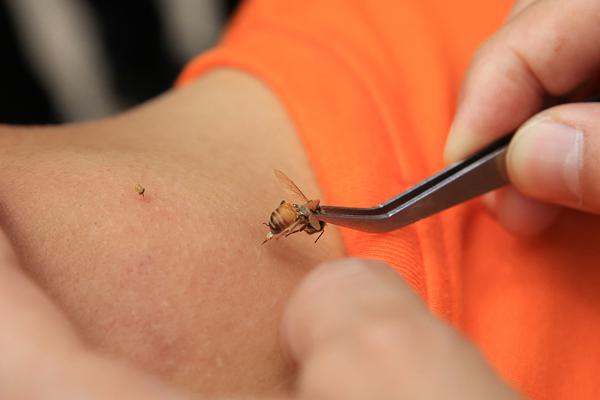 HS code lookup for Asia-Pacific markets
HS code lookup for Asia-Pacific markets
362.94MB
Check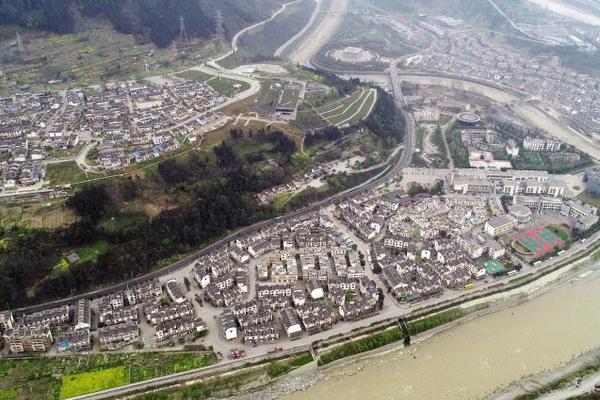 HS code-driven customs risk scoring
HS code-driven customs risk scoring
826.22MB
Check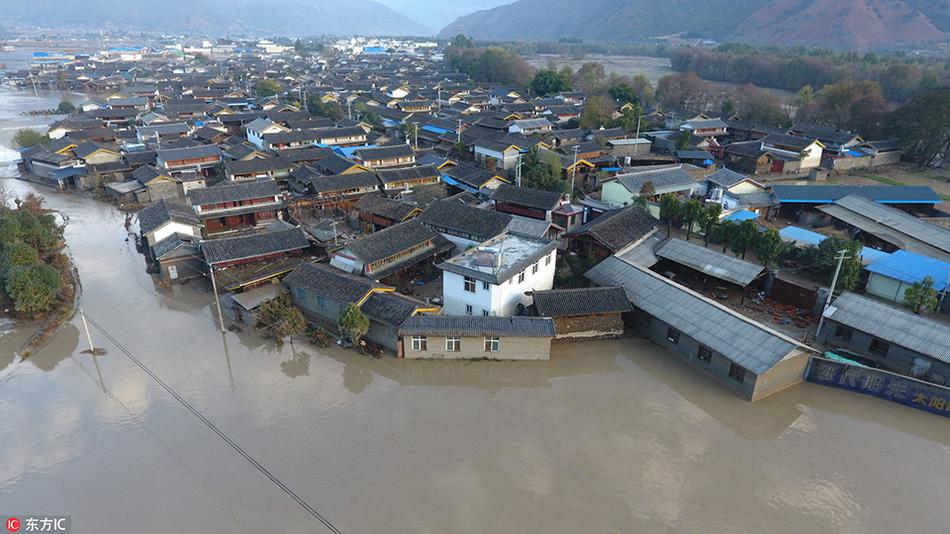 Petrochemicals HS code research
Petrochemicals HS code research
753.15MB
Check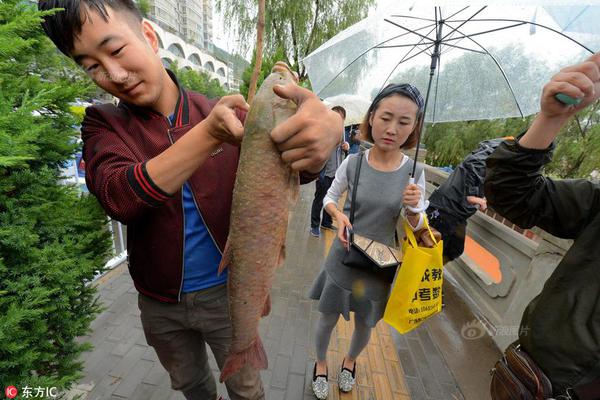 Expert tips on customs data usage
Expert tips on customs data usage
123.91MB
Check How to evaluate free trade agreements
How to evaluate free trade agreements
272.29MB
Check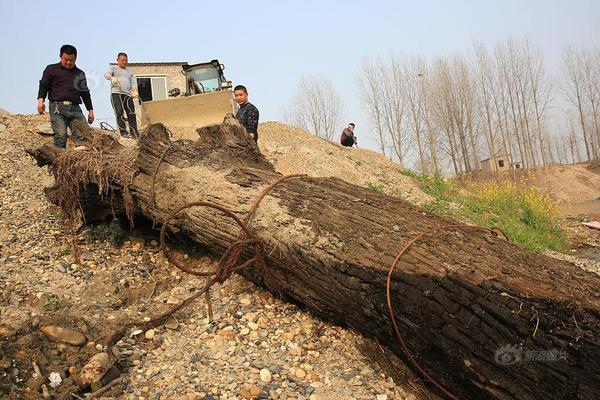 global market access
global market access
193.98MB
Check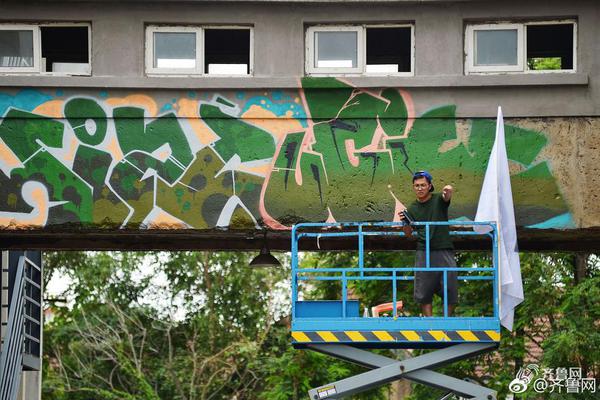 How to track shipment delays
How to track shipment delays
361.85MB
Check HS code-based supply risk mitigation
HS code-based supply risk mitigation
554.12MB
Check Importer data
Importer data
717.78MB
Check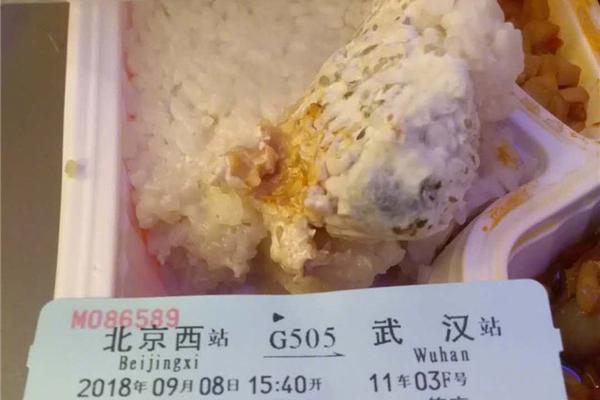 Eco-friendly products HS code mapping
Eco-friendly products HS code mapping
649.23MB
Check HS code correlation with global standards
HS code correlation with global standards
327.16MB
Check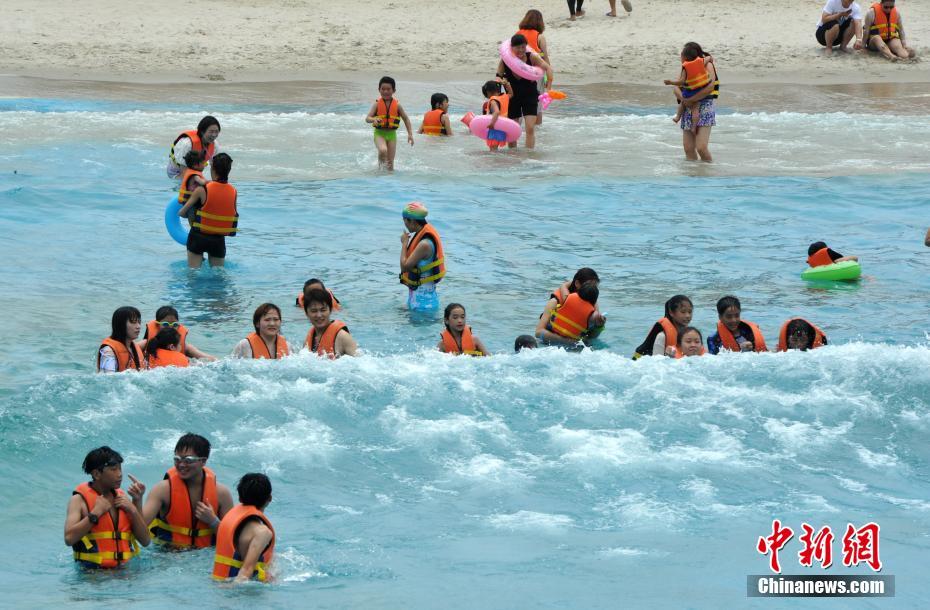 HS code-based alternative sourcing strategies
HS code-based alternative sourcing strategies
116.97MB
Check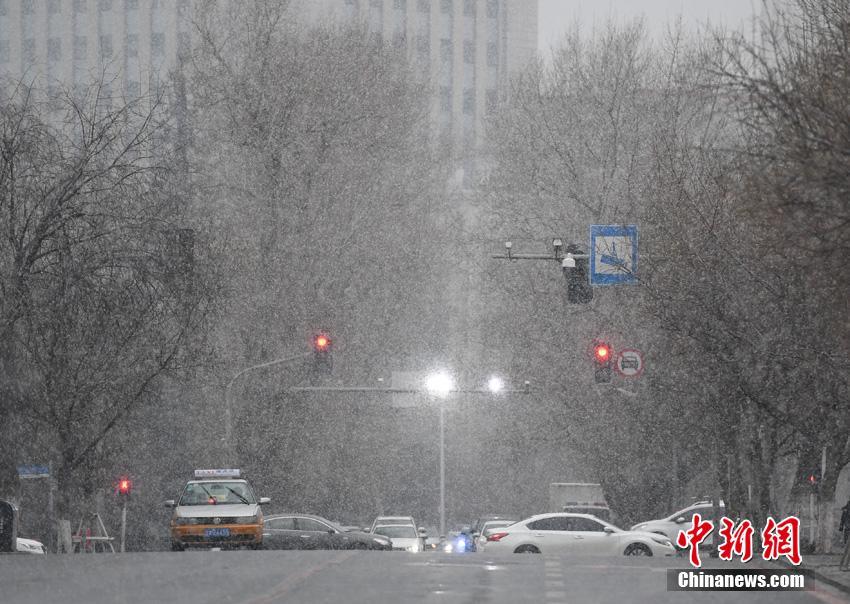 How to use HS codes for tariff predictions
How to use HS codes for tariff predictions
788.37MB
Check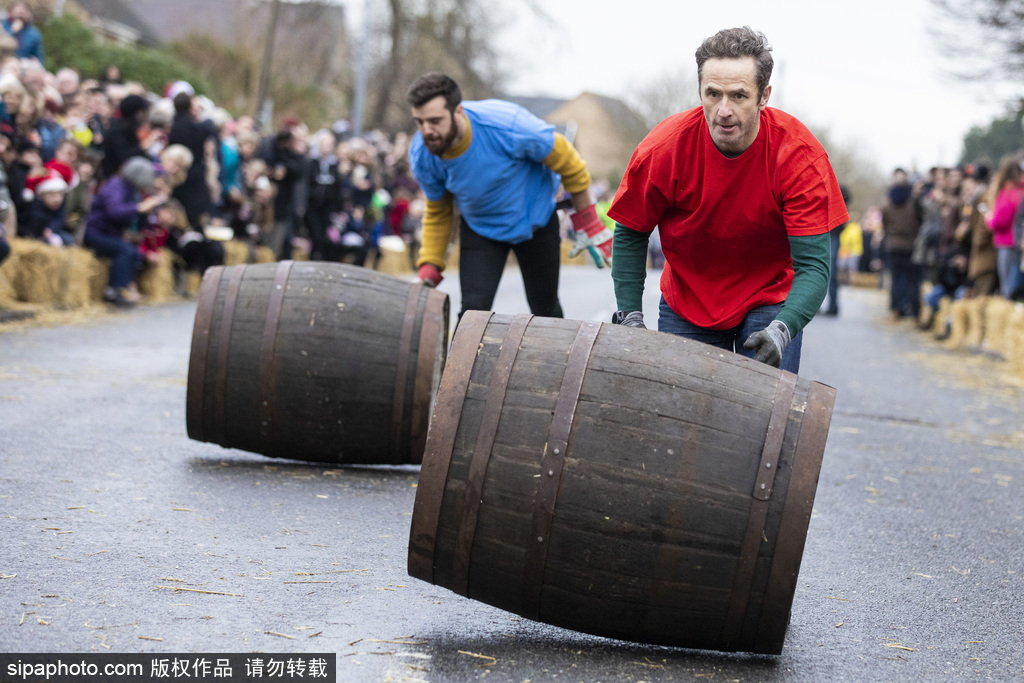 HS code-based green supply chain metrics
HS code-based green supply chain metrics
137.95MB
Check How to identify export-ready products
How to identify export-ready products
874.95MB
Check Trade data-driven LCL/FCL strategies
Trade data-driven LCL/FCL strategies
356.41MB
Check How to secure international sourcing
How to secure international sourcing
483.72MB
Check HS code-based tariff calculations
HS code-based tariff calculations
544.21MB
Check Global trade data interoperability
Global trade data interoperability
677.22MB
Check Global trade alerts and updates
Global trade alerts and updates
979.78MB
Check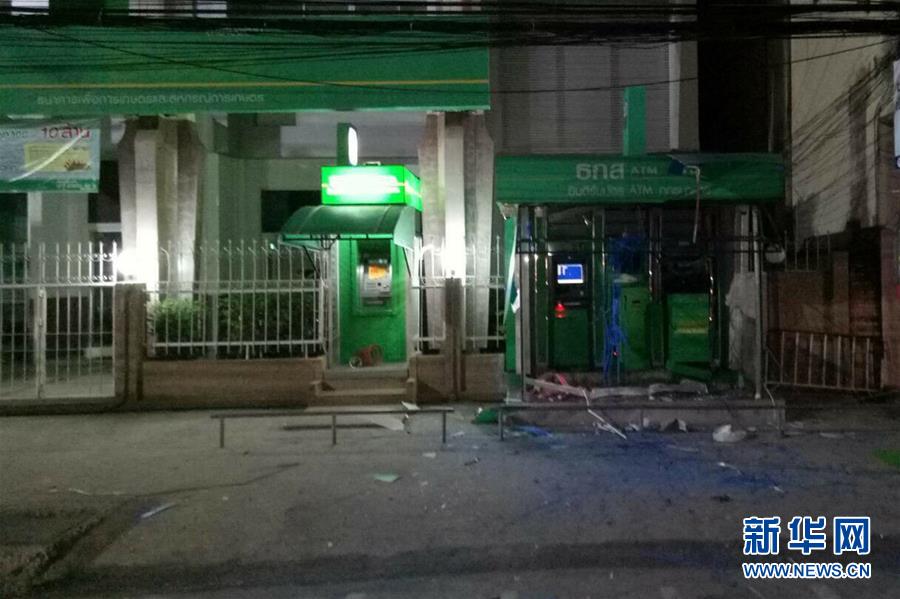 Plastics raw materials HS code lookups
Plastics raw materials HS code lookups
746.57MB
Check Agriculture HS code-based quota allocation
Agriculture HS code-based quota allocation
913.81MB
Check Trade data-driven competitive analysis
Trade data-driven competitive analysis
928.37MB
Check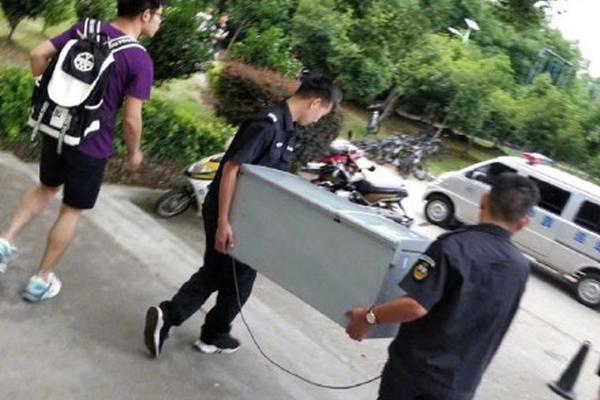 Sourcing opportunities filtered by HS code
Sourcing opportunities filtered by HS code
175.23MB
Check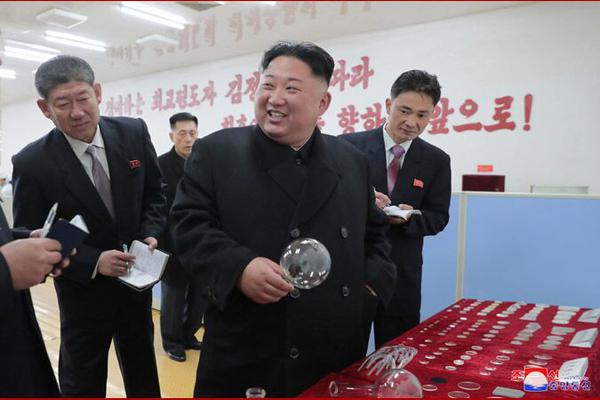 How to identify monopolistic suppliers
How to identify monopolistic suppliers
123.93MB
Check HS code-driven supplier rationalization
HS code-driven supplier rationalization
128.41MB
Check Country-of-origin rules by HS code
Country-of-origin rules by HS code
553.74MB
Check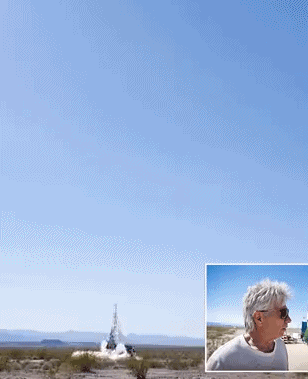 How to select the best trade data provider
How to select the best trade data provider
485.31MB
Check Europe import export statistics
Europe import export statistics
397.15MB
Check Global trade event monitoring
Global trade event monitoring
842.56MB
Check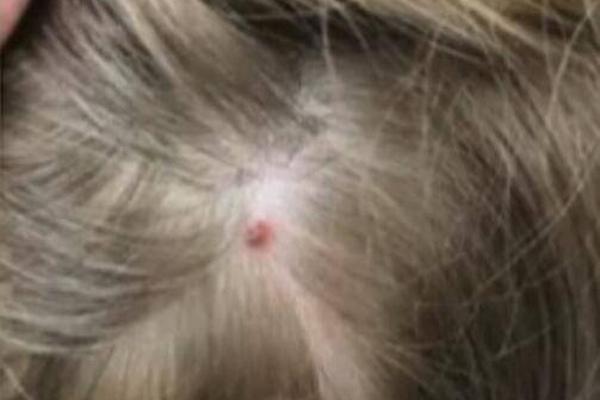 Predictive analytics for trade flows
Predictive analytics for trade flows
588.94MB
Check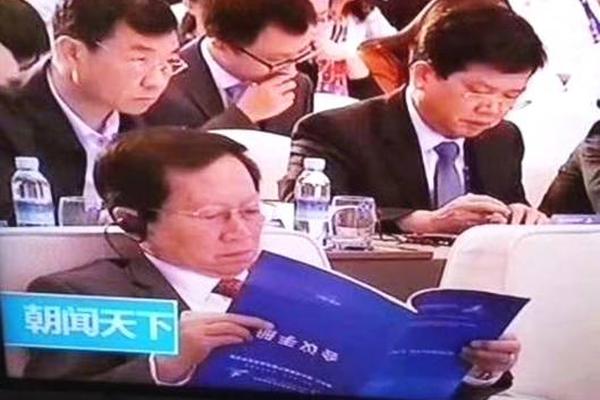 Dairy products HS code verification
Dairy products HS code verification
836.41MB
Check HS code-led regulatory frameworks
HS code-led regulatory frameworks
914.56MB
Check Petrochemicals HS code research
Petrochemicals HS code research
843.52MB
Check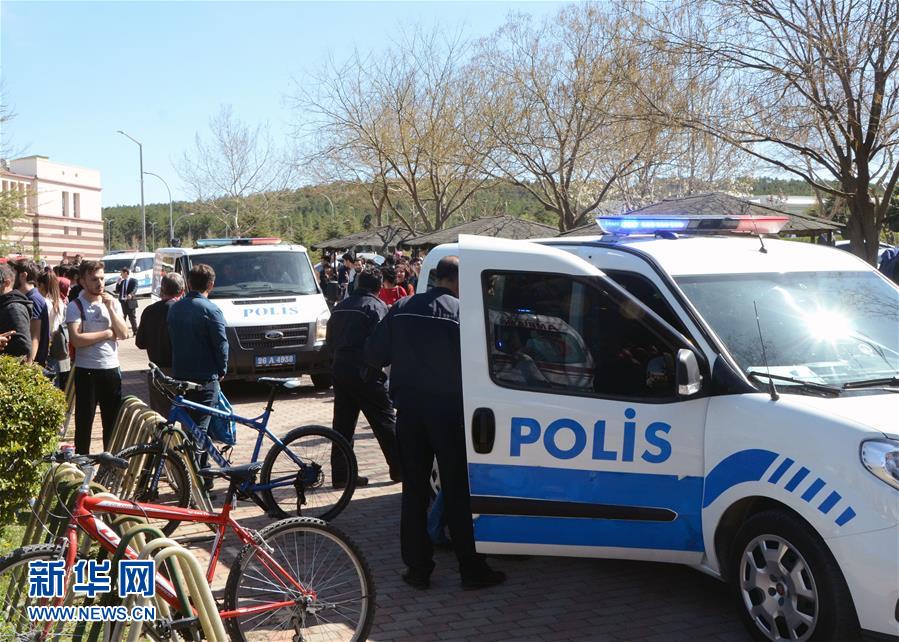 Construction materials HS code references
Construction materials HS code references
944.79MB
Check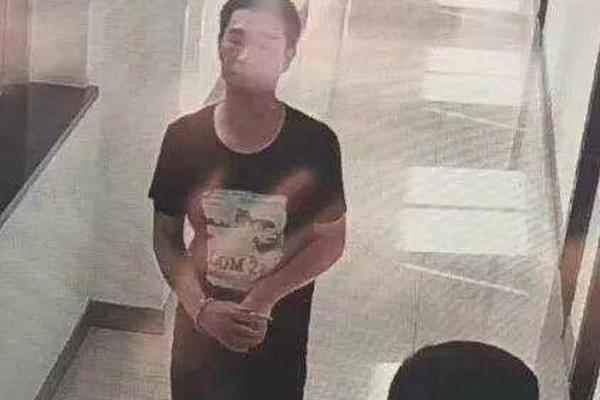
Scan to install
HS code-based global trend analysis to discover more
Netizen comments More
890 How to use trade data in negotiations
2024-12-24 01:42 recommend
362 HS code segmentation for retail imports
2024-12-24 00:54 recommend
852 Wool and yarn HS code verification
2024-12-24 00:29 recommend
1246 How to structure long-term contracts
2024-12-23 23:44 recommend
2818 Tariff reduction opportunity analysis
2024-12-23 23:37 recommend